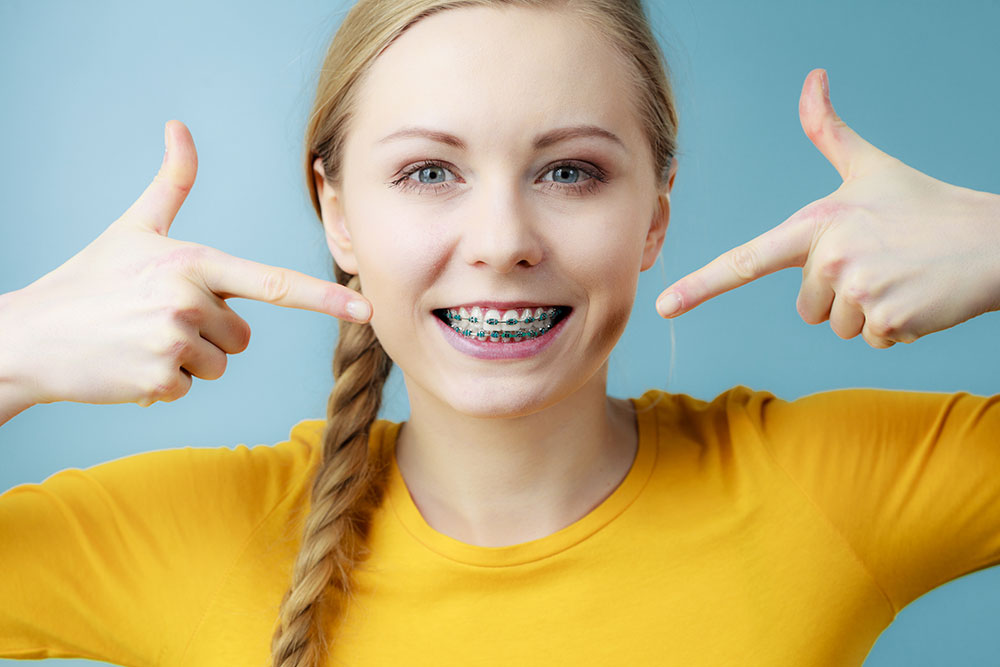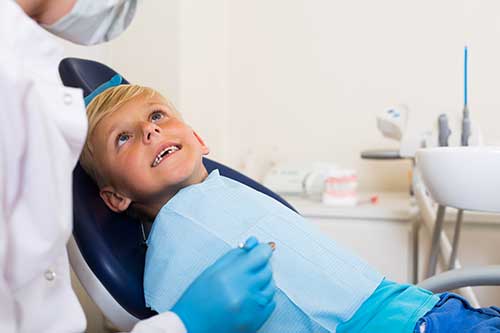Some Known Questions About Legacy Orthodontics.
Some Known Questions About Legacy Orthodontics.
Blog Article
Getting The Legacy Orthodontics To Work
Table of ContentsLittle Known Questions About Legacy Orthodontics.10 Simple Techniques For Legacy OrthodonticsLegacy Orthodontics Fundamentals ExplainedLegacy Orthodontics Things To Know Before You BuyRumored Buzz on Legacy Orthodontics
At Advanced Orthodontics, we supply individuals with a holistic treatment experience. Furthermore, we provide flexible therapy timetables, versatile payment options and an enjoyable, satisfying experience. braces. Call ( 480) 357-4900 today to learn more and timetable a visit.An orthodontist is a dental practitioner trained to detect, protect against, and deal with teeth and jaw irregularities. They remedy existing conditions and are trained to identify issues that might develop in the future. Orthodontists deal with individuals of any ages, from children to grownups. Individuals commonly connect an ideal smile with great health.
Malocclusion, or misaligned teeth, can cause dental problems, consisting of tooth decay, periodontal disease, and challenging or unpleasant eating. But not everybody is birthed with straight teeth. If you have a negative bite or large areas between your teeth, you might desire to get in touch with a dental expert concentrating on orthodontic care.
Not known Facts About Legacy Orthodontics
( Image Credit Rating: DigitalVision/Getty Images) Orthodontists use fixed and detachable oral tools, like dental braces, retainers, and bands, to alter the position of teeth in your mouth. Orthodontic treatment is for oral irregularities, consisting of: Misaligned teethBite troubles, like an overbite or an underbiteCrowded teeth or teeth that are also far apartJaw misalignmentThe goal of orthodontic treatment is to enhance your bite.
A healthy and balanced bite ensures you can eat, chew, and speak correctly. While you may consider orthodontists as mostly for children or teenagers who need braces, they can deal with oral troubles at any kind of age. Orthodontists participate in university, oral college, and orthodontic college. After college graduation, they invest 2 or 3 years in an orthodontic residency program.
, but not all dental experts are orthodontists. They focus on two locations: Exactly how to appropriately and safely relocate teeth Just how to correctly guide growth in the teeth, jaw, and faceOnce an orthodontist has actually finished training, they have the choice to end up being board certified.
The Only Guide to Legacy Orthodontics
Malocclusion leads to tooth congestion, a misshapen jaw, or irregular bite patterns. Malocclusion is typically treated with: Your orthodontist attaches metal, ceramic, or plastic square bonds to your teeth.
Some individuals require a headgear to assist relocate teeth right into line with pressure from outside the mouth. A retainer is a customized tool that keeps your teeth in place.
They can create extra area in the mouth without having to draw teeth. Orthodontists make use of cables, surgical screws, or plates to support your jaw bone.
You might need to see an orthodontist if you have: Crowding or not enough space for all of your teethOverbite, when your upper teeth come over your base teethUnderbite, when your base teeth are also far forwardSpacing or problems with gapsCrossbite, which is when your upper teeth fit behind your bottom teeth when your mouth is closedOpen bite or a vertical space between your front bottom and upper teethMisplaced midline, when the facility of your base and top teeth do not align Correcting a dental malocclusion can: Make biting, eating, and speaking easierImprove the balance of our face and your general appearanceEase pain from temporomandibular joint disordersSeparate your teeth and make them easier to clean, aiding avoid dental cavity or tooth cavities It's often a dental professional who first notices misaligned teeth throughout a routine exam.
The Of Legacy Orthodontics

During your very first orthodontic examination, you'll likely have: A dental examPhotos taken of your face and smileDental X-raysPanoramic (360 degree) X-rays of your face and headImpressions to produce molds of your teethThese examinations will certainly help your orthodontist recognize just how to wage your therapy. invisalign. An orthodontist is a dental professional that's had training to treat your teeth and jaw
An orthodontist is concentrated on your bite, so something like a cracked tooth would certainly be managed by a dental professional. Orthodontists are concentrated on your bite, or the means your teeth fit together, and the straightness of your teeth.
Ever before asked yourself exactly how celebs constantly seem to have flawlessly straightened teeth? The solution frequently lies in the experienced hands of an orthodontist. What specifically does an orthodontist do? Orthodontists are dental experts who concentrate on fixing irregularities in the teeth and jaws. Their knowledge goes past simply developing an attractive smile; it encompasses enhancing your overall dental health and feature.
The 3-Minute Rule for Legacy Orthodontics

While dental braces are one of the most commonly recognized orthodontic treatment, orthodontists have a diverse toolkit at their disposal. The specific technique picked relies on the severity of the situation, the individual's age, and private choices. These reliable dental braces make use of a system of braces adhered to the teeth and attached by cords.
Clear aligners, like Invisalign, are a preferred option for people looking for an extra very discreet treatment option. These removable trays are personalized to gradually shift the teeth's position. Headwear might be made use of along with dental braces or aligners to apply added targeted pressures, especially for correcting jaw disparities. In instances of narrow jaws, palatal expanders can be made use of to produce space for proper tooth alignment.
Report this page